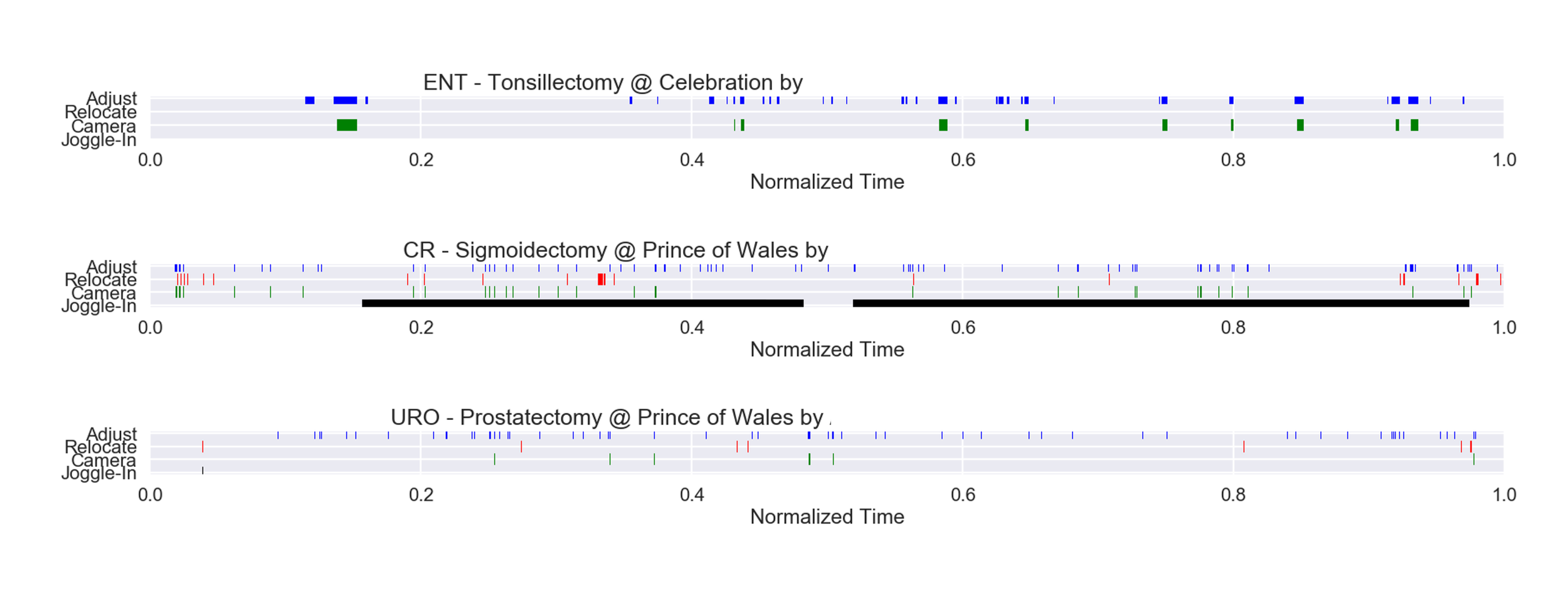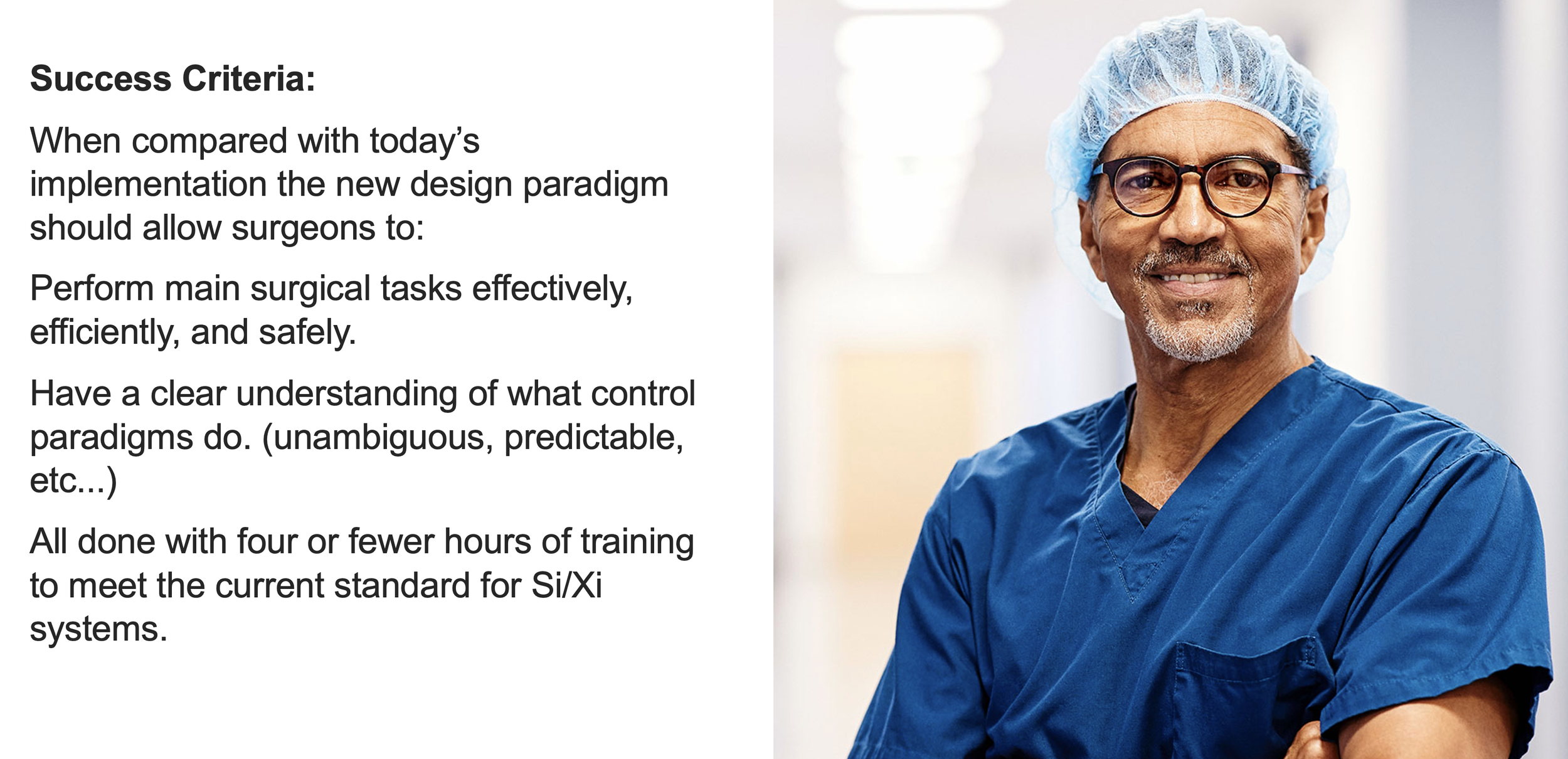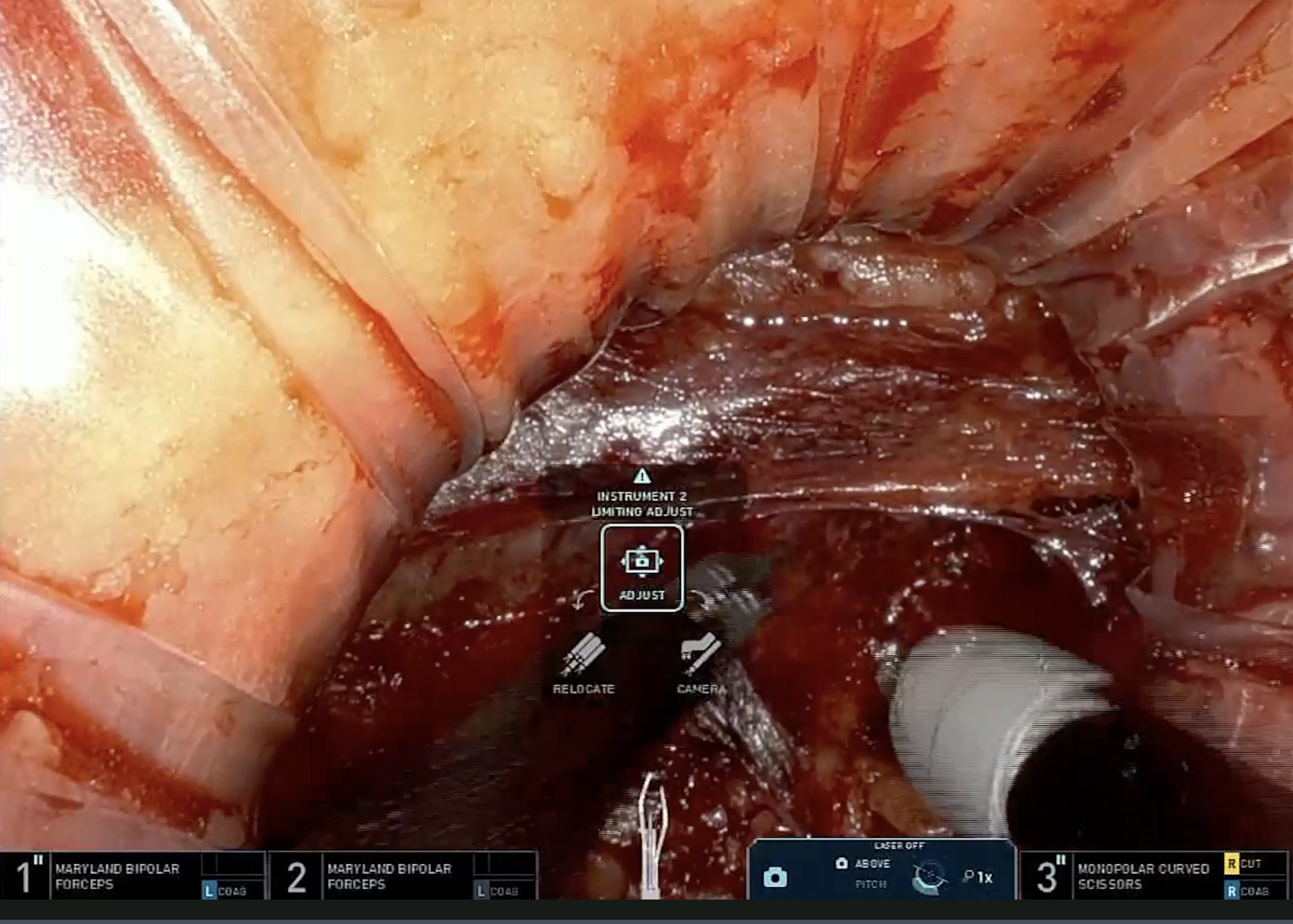Da Vinci Single Port
The Da Vinci SP was envisioned as the next step in Intuitive's surgical innovations, offering advanced instruments optimized for single-port surgery and promising to enhance surgeons' abilities to perform complex procedures that were challenging with the multiport system. However, despite its potential, surgeons were hesitant to adopt the new system due to its steep learning curve and complex interface. Additionally, the need for specialized hardware prevented seamless integration with existing multiport systems in hospitals. Therefore, the design objectives focused on improving surgeon adoption by simplifying the learning process and resolving integration issues by making the system compatible with existing Da Vinci multiport consoles.
Business Context
The SP system was positioned as an extension of the Da Vinci system product line, intended to complement and expand multiport surgery capabilities, thereby increasing the variety of hospital procedures. The goal was to offer a plug-and-play solution that required only swapping the patient-side robot without modifying other components. However, the complex hardware and steep learning curve made these business goals unattainable.
Problem Space Research and Definition
We began with expert user research to dissect the Intuitive team's understanding of the challenges surgeons face using the SP system. Several contextual observations of surgical procedures were conducted to assess usability challenges for clinical engineers and surgeons. Interviews with SP surgeons provided insights into their needs and helped formulate initial design hypotheses. A hypothesis testing and action plan was created from a user-centered perspective, challenging the predominant notions of SP usage within the Intuitive team.
Team Alignment
To align the team on the problems to solve, we first used data mined from the robot instrumentation to validate and refine its usage as described in the discovery phase via qualitative methods. We then engaged with the business unit to understand the business opportunities, helping to prioritize which elements of the problem needed addressing based on business relevance.
Iterative Design and Evaluations
The design process involved months of sessions, quick hardware and UI implementations, and rapid testing in both dry and wet models to quickly assess design solutions and select the most promising ones that balanced clinical relevance, safety, and feasibility. When the leading design solutions were chosen, we established success criteria to objectively assess design decisions and ensure alignment.
Warning
•
Explicit Sugery Images
•
Warning • Explicit Sugery Images •







